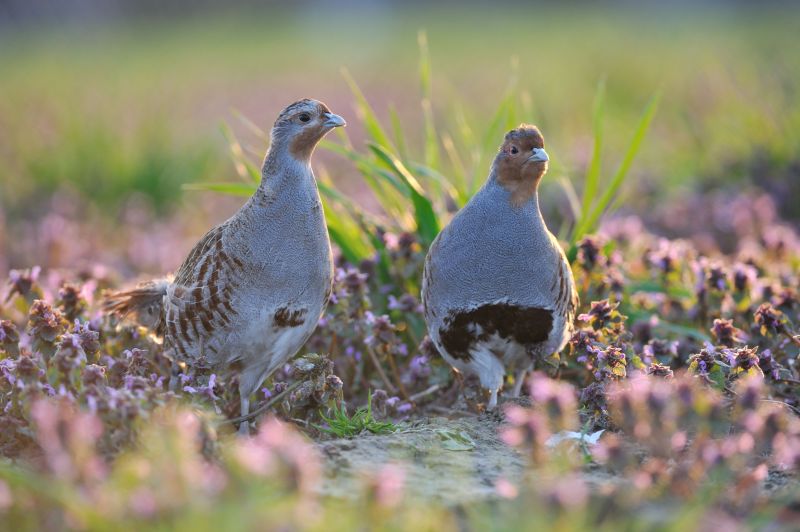
Farmers and landowners are being encouraged to collect information on the annual abundance and breeding success of the wild grey partridge.
The Partridge Count Scheme (PCS), run by the Game & Wildlife Conservation Trust (GWCT), involves farmers and landowners in a bid to better understand and conserve the iconic bird.
Counting offers a 'valuable insight' into how well partridges breed, survive and benefit from habitats and management provision, the Trust said.
Over the years, grey partridge numbers have been hit by poor weather, falling chick survival affected by wet summers, poor chick survival and problems with low winter survival rates, seeing a decline in the species.
Since the count started in 1933, it’s become evident that sustaining wild partridges depends on successful nesting, food availability and reducing predation pressure.
If these can be met, then their fortunes can quickly turned around.
“Unfortunately, partridge numbers have been in decline since World War Two due to a range of factors and have disappeared from many areas of the country,” said organiser Neville Kingdon from the GWCT.
“Taking part in the Spring count is a first step in helping participants understand the limitations on their land. That could be the need for better chick-food producing habitat or to reduce losses during nesting, but counting helps take away a lot of the guess work,” he said.
Counts should be undertaken in the few hours after dawn or late evening while the birds are out feeding.
Mr Neville added: “For those new to partridge counts, especially for large farms, I’d recommend not to attempt it all at once, and start on just 4-5 fields to get used to what’s involved and how quick you cover that area. Covering a whole farm can come with experience.
“It doesn’t matter if you have only as few partridges as every bird is important – in fact I’d encourage any farm or shoot still holding on to a few greys to get involved as they can make a big impact.”
